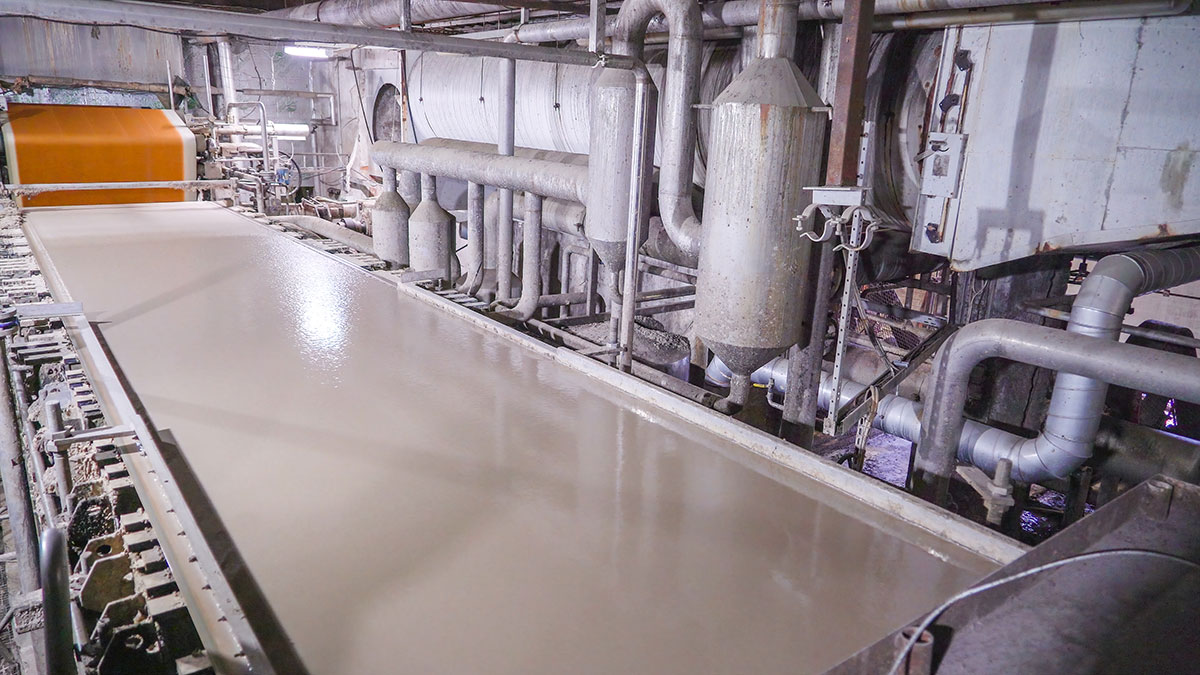Lime is used in several applications within pulp and paper mills including the pulping process, pH Control and color removal.

One of the most common applications is for the sulfite-pulping process. This process uses acid to dissolve the glue (lignin) that holds the fibers (cellulose) together. When acidic water discharged from this process is neutralized, lime is the reagent of choice in order to safely elevate the pH of the effluent stream prior to discharge.
Another common application is the Kraft-pulping process. This most modern method of making pulp uses caustic soda (NaOH), among other chemicals, to dissolve the lignin. Kraft mills have two internal loops in their system working together to generate caustic soda. The first involves the caustic soda itself. Freshly made caustic soda is pumped to large chambers where it is mixed with wood chips under heat and pressure. The caustic soda attacks the lignin and, in the process, is converted to sodium carbonate (Na2CO3). This sodium carbonate is then pumped to a large vessel that holds slaked lime (Ca(OH)2). The two react to form caustic soda and calcium carbonate (CaCO3). The caustic soda is pumped off to once again mix with the wood chips, and the calcium carbonate is conveyed to a kiln where it is heated to convert it to lime (calcium oxide or CaO). This lime is mixed with water, forming slaked lime. The sodium carbonate returning from the pulping process is than added to the mixture to form caustic soda, whereby the process is started all over again.
Graymont supplies significant quantities of high-quality quicklime to facilitate both of the above processes.
Please refer to the related products shown or contact our sales team for more information.
